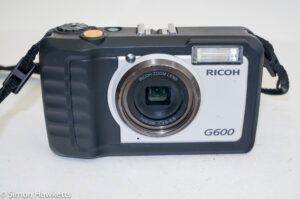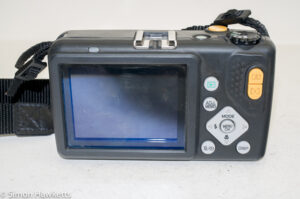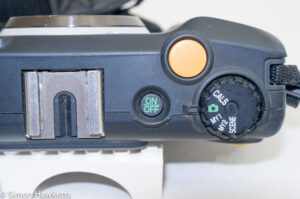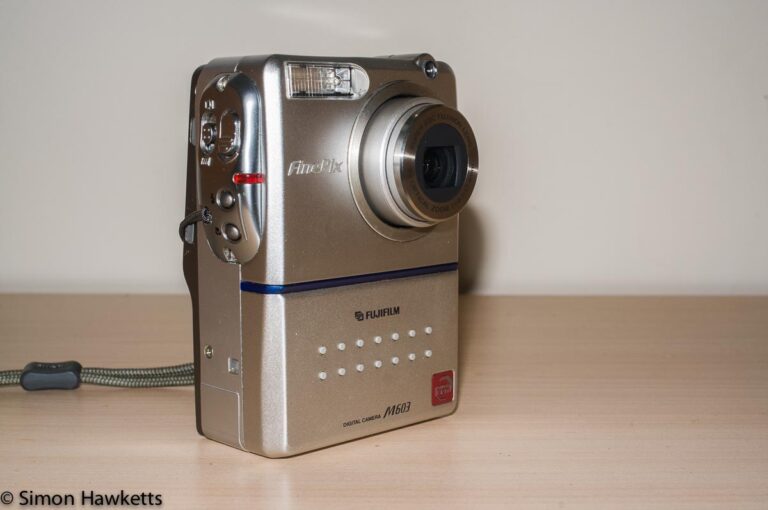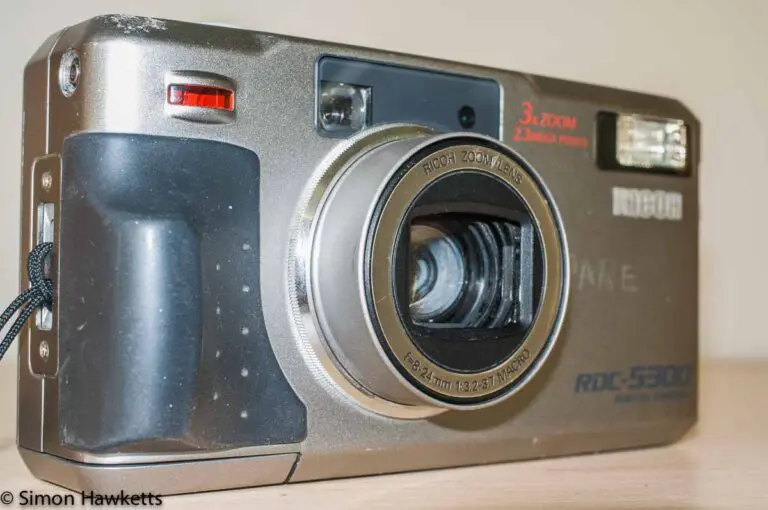Ricoh G600 ruggedised digital camera
This is my pictorial review of the Ricoh G600, a waterproof, dustproof, 10 Mp compact digital camera which was made by Ricoh in about 2008.
Ricoh G600 camera Images

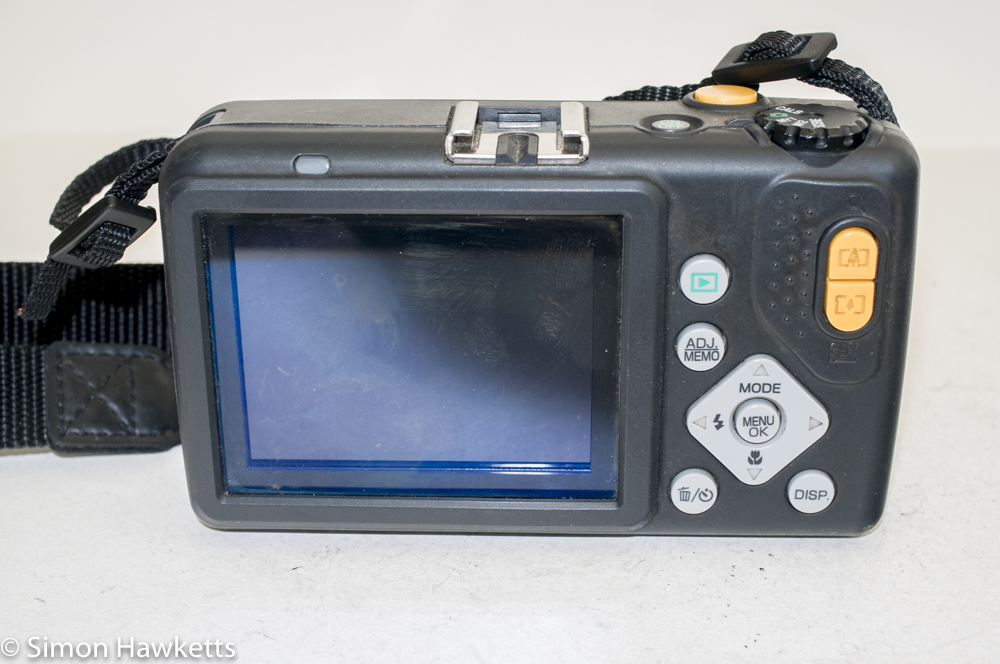
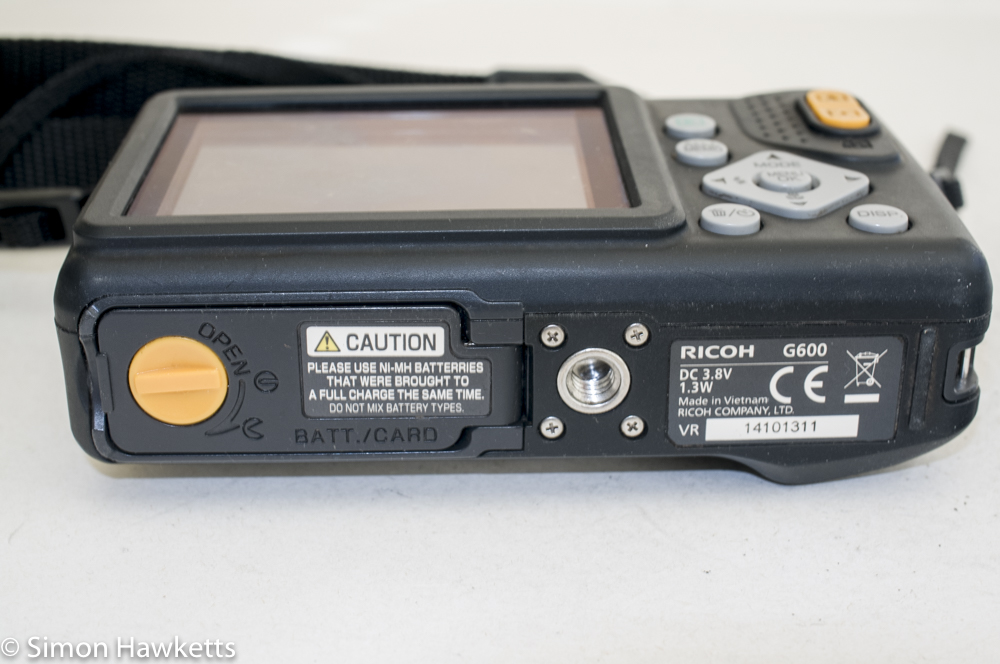
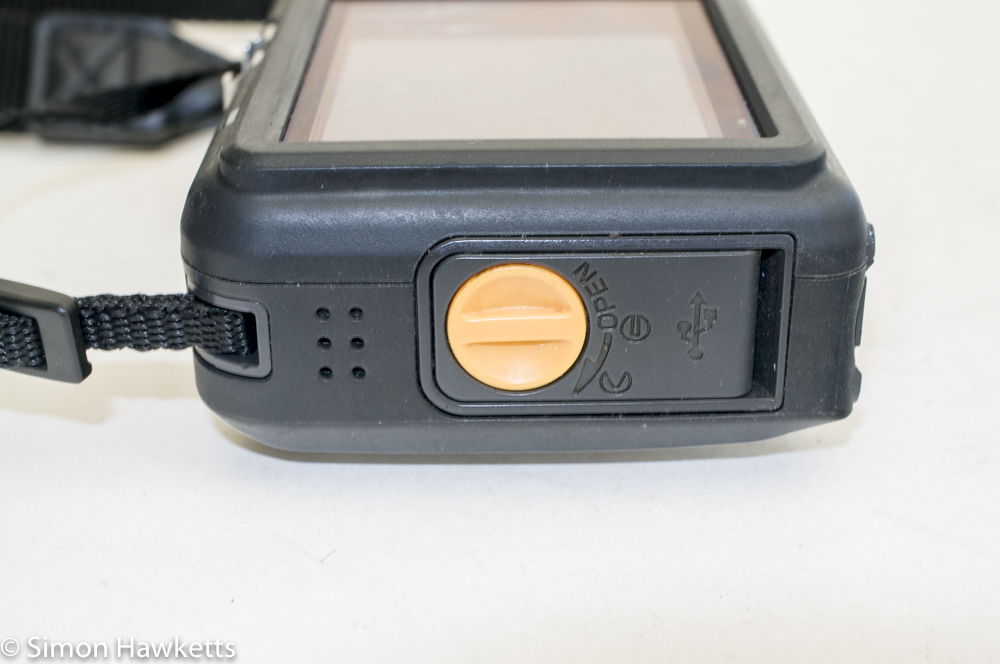
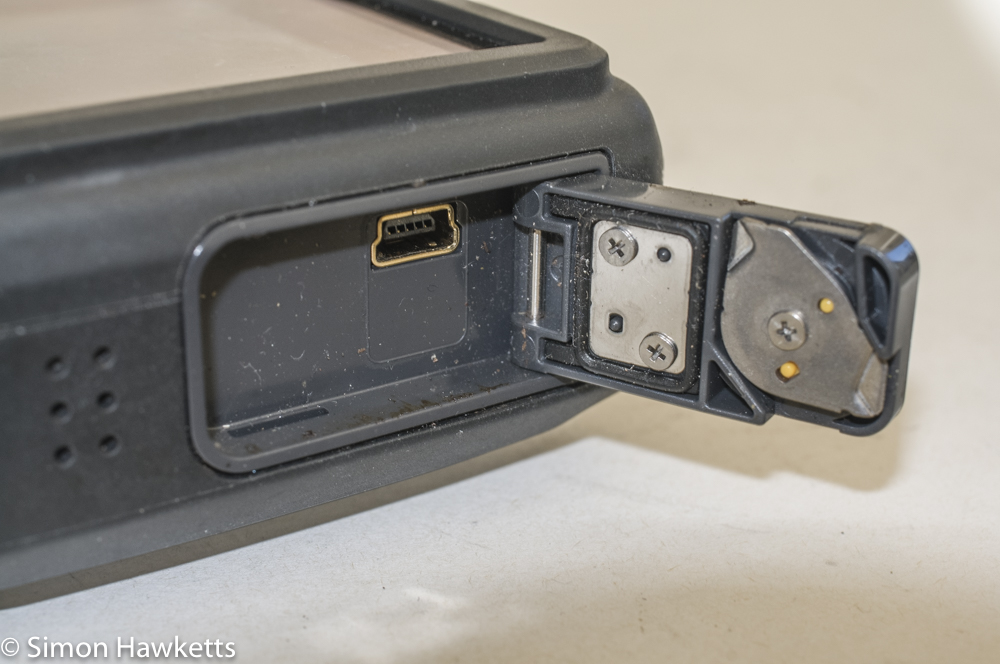
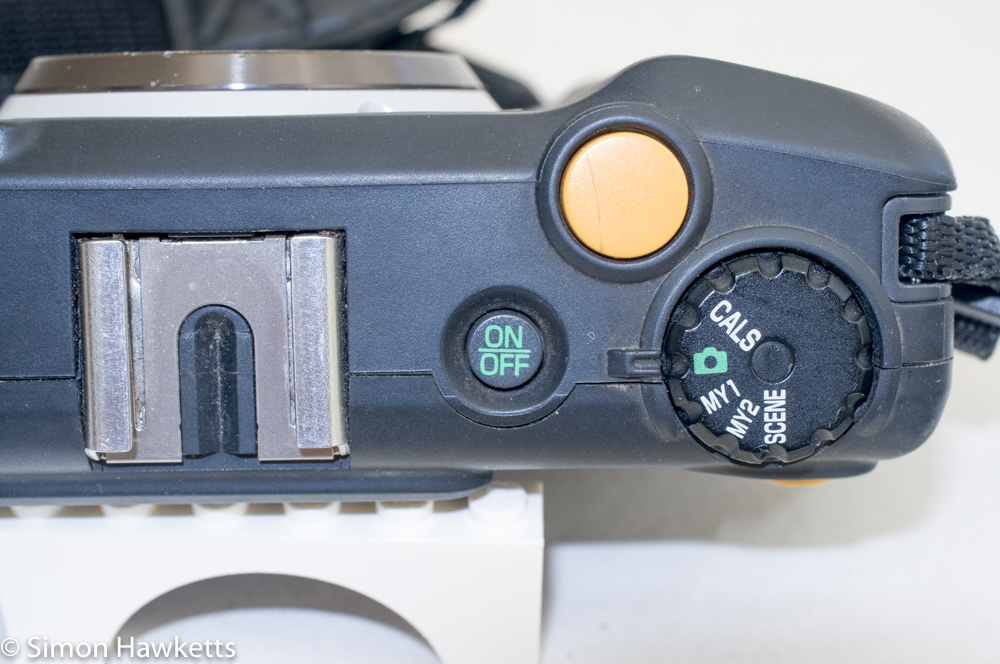
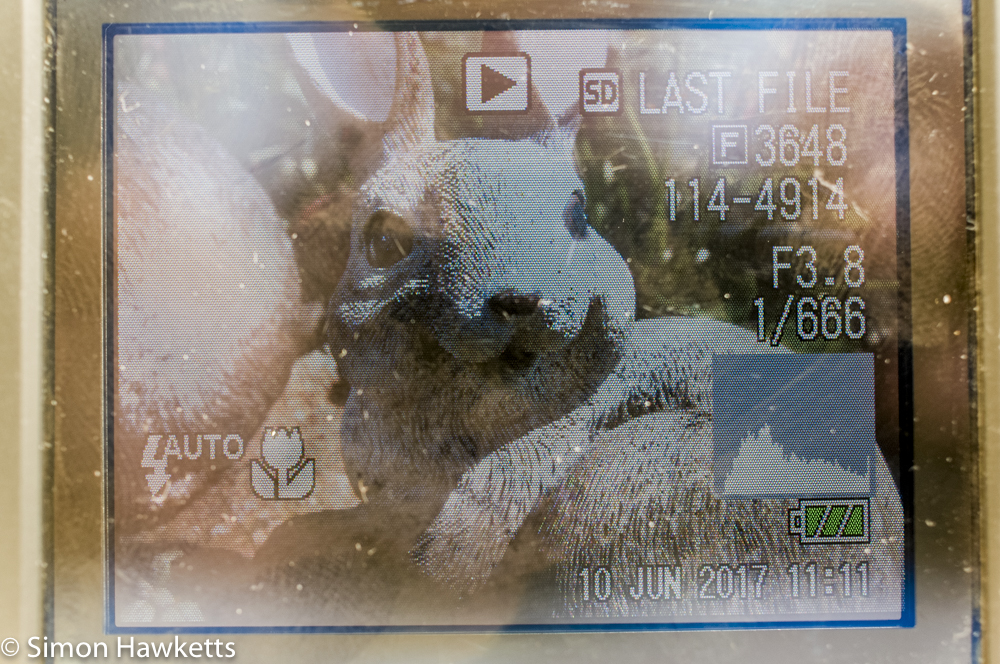
My Ricoh G600 camera
Normally I buy cameras to add to my collection rather than to actually use, but this camera was a little different. For quite a while I’ve been interested in buying a ruggedised camera which I can take with me to use when we go on holiday.
Although we are not a hugely adventurous family, it is nice to have a camera which can be taken into the swimming pool or on a sandy beach without having to worry about it getting splashed or covered in grit and sand.
Because of this, I’ve actually had the Ricoh G600 on my eBay search list for quite a while, but they don’t often appear, so I was really pleased to see one come up in an auction a couple of weeks ago and added it to my watch list. Although it was sold as ‘Spares or repair’ I could see that it looked in a reasonable condition, and although I wouldn’t risk £50 on it, it looked worth a low cost bid. Therefore, when the end of the auction came and there were only 2 bids on it, I tried a bid of £18 in the last few seconds and actually managed to get the camera for a touch under £10.
When it turned up I found the camera was in pretty good condition with only a few marks on the front of the camera, and a few small marks and scratches on the LCD on the back. When I opened the battery door and popped a couple of AAA batteries in, I found the camera turned on and everything seemed to be working fine.
Ricoh G600 Description
The Ricoh G600 is a reasonably small, light weight, small sensor camera, with a powerful flash, image stabilisation, autofocus and a set of features which make it a great camera to throw in the rucksack when hiking or the saddlebag which cycling.
The obvious thing you notice when you first pick up the G600 is the heavy rubberised case and sealed doors over the ports of the camera. All the buttons are sealed against the ingress of dust and water and even the lens has a solid glass cover which is there for the same reason. The handbook for the camera claims that it is waterproof and dustproof and can withstand a drop from 1.5 m without damage, and looking at the camera, I would think that is accurate.
The basic, physical design of the camera is fairly conventional. There is a reasonable-sized hand grip on the right-hand side of the camera (well, the side of the camera you grip with your right hand) which gives the camera a comfortable feel in the hand. On the back of the camera is a good-sized LCD for composition, picture review and menu navigation. Next to the LCD is a row of buttons and a 4 way control which is used to set various modes. In the top right-hand corner is a zoom rocker switch, which is controlled by the thumb.
On the top of the camera is the mode dial, on/off switch, shutter release and an accessory shoe and on the front is an inbuilt flash, autofocus light and a small hole for a microphone.
Another point I want to mention is the LCD, which for some reason seems to be much clearer and easier to read than the ones used on many similar cameras. I don’t know if it is the fact that the font seems bigger, or if it is because it’s behind a protective screen, but I noticed as soon as I first turned it on that it seems just better than many other, similar cameras.
Of course, these comments are muted somewhat when you are using the camera in bright sunlight. Although it is one of the better LCDs for viewing in those conditions, no LCD is perfect in bright light.
Of course, even for a camera designed to be ruggedised, there is much more to it than just how well it will be protected from dust, dirt and water. It needs to be able to take pictures and provide features that people want, and Ricoh has always been good at designing cameras which give photographers the eye-catching features they want. In my opinion, this camera is no different.
Ricoh G600 Features
The camera is equipped with an automatic exposure mode and although there are no options to manually control any part of the exposure, there are options available to influence the exposure the camera makes. For example, there is an exposure compensation option, white balance adjustment and selectable ISO available with a press of the ADJ button on the back panel. Once you delve into the pretty extensive menus, there are options to control the AE metering mode used, the Auto Focus pattern and mode, you can select exposure or white balance bracketing, time exposures or set the camera to take pictures at set intervals in order to make a time-lapse movie.
There are also picture modes available which alter the in-built program mode the camera uses. The picture modes available give a clue as to the user who Ricoh assumed would be likely to use this camera. Instead of the normal ‘action’, ‘landscape’, ‘portrait’ modes the camera is equipped with:
- Movie mode
- Zoom macro
- Text Mode
- Skew Correction
- Firefighting
- High Sensitivity
There is also a mode, selectable from the main mode dial called ‘CALS’ which seems to be a standard for pictures used in government in Japan. These modes suggest the camera is aimed at Emergency service personnel – firemen, policemen etc and civil servants rather than fans of extreme sport.
In common with a lot of Ricoh digital cameras, the unit has a couple of user memory slots where the complete camera setup can be stored for quick recall using the My1 and My2 options on the main mode dial. I find these very useful, and I use them a lot on my Ricoh GXR.
In fact, the camera is a typical Ricoh – there are a lot of functions built in which you would probably not use for months, but just once in a while they will come in handy. For example, interval shooting or one of the exotic scene modes.
The next part of this review will include my experiences of shooting with the camera and some sample pictures.
Ricoh G600 Specifications
- Ricoh G600 ruggedised digital compact camera
- Water / dust proof – JIS/IEC waterproof grade 7, dust proof grade 6
- 1/2.3 inch CCD 10Mp sensor
- 5 to 25mm (28 to 140mm eq) zoom lens
- Macro option allows 1cm focusing
- Image stabilisation
- Multi-shot (several shots assembled into one picture)
- 1sec to 1/1500sec + time options
- F/3.5 – F/5.5 max aperture
- Powerful inbuilt flash
- Fully automatic exposure
- Exposure compensation +/1 2stops + 0.5 stop bracketing
- ISO Auto or 64 to 3200
- 7 White balance options + white balance bracketing
- Multi or Spot Auto focus or manual + Ricoh snap & infinity modes
- Pattern, spot or centre weighted AE metering
- Interval shooting
- 2.7 inch LCD
- Scene modes
- Jpeg + avi file formats
- Rechargeable or AAA battery options
- SD or SDHC memory card
- Manual available on line here.
Discover more from Everything Vintage
Subscribe to get the latest posts sent to your email.

